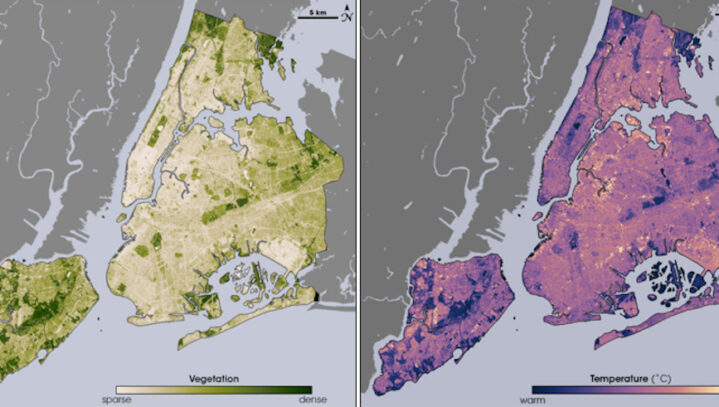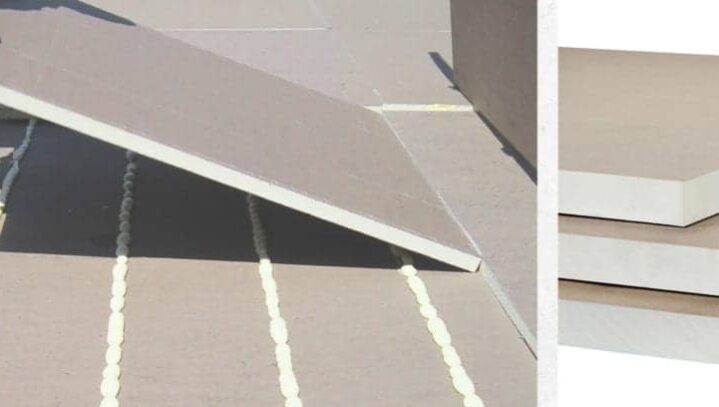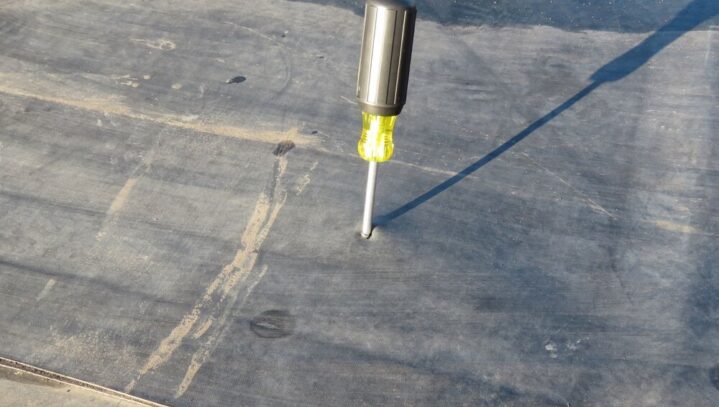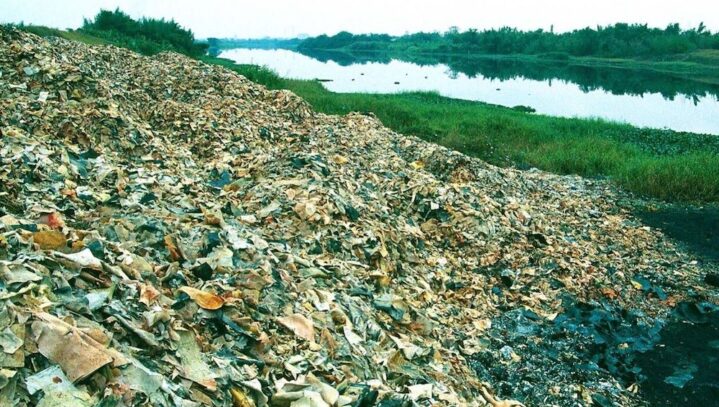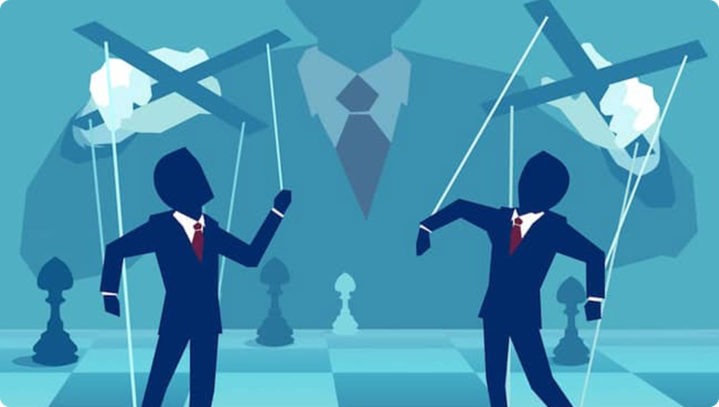Italian physician Santorio Santorio is the father of the thermometer, inventing the heat-measuring device way back in the early 1600s. About a hundred years later, Daniel Gabriel Fahrenheit (yes, the inventor of the heat-measuring scale) improved on Santorio’s thermoscope by coming up with its modern-day design — the mercury-based thermometer. Even then, 400 years ago, they […]
Read MoreYear: 2021
The roofing industry, particularly the commercial-industrial or “low slope” segment, tends to evolve at a snail’s pace. The odd miracle membrane or sub-component will come along (and often just as quickly fade away), but in general, nothing much changes. This has been exceptionally true for rigid board insulation. The major players are there today, just […]
Read MoreThe number one goal of any roof system is simple: Keep water, in all its forms, out of your structure. Here are the top five reasons it can fail: 1) UV Oxidation and Thermal Load The sun is the source of all life on Earth, and one of the main sources of roof degradation. The […]
Read MoreThey call it “garbage coffee,” and we’re not talking about those double-doubles that pass as caffeinated beverages. It’s the leachate that oozes out of landfills, a vicious brew of heavy metals and chemicals that can contaminate the groundwater table. There is no such thing as a safe landfill, despite the proliferation of modern liners and […]
Read MoreThe roofing industry leaves a massive carbon footprint, no better illustrated than by the number of large gas and diesel-powered vehicles that dominate the trades vehicle pool. Many of the large firms that specialize in roof replacements have multiple tandems, tractors, boom trucks, etc. — all large carbon emitters.
Read MoreAs RMS’s business model is to preserve roofing assets, it is incumbent on us to not benefit from those large-scale roof replacements and installations, allowing us to avoid conflicts in our approach and culture.
Read More
